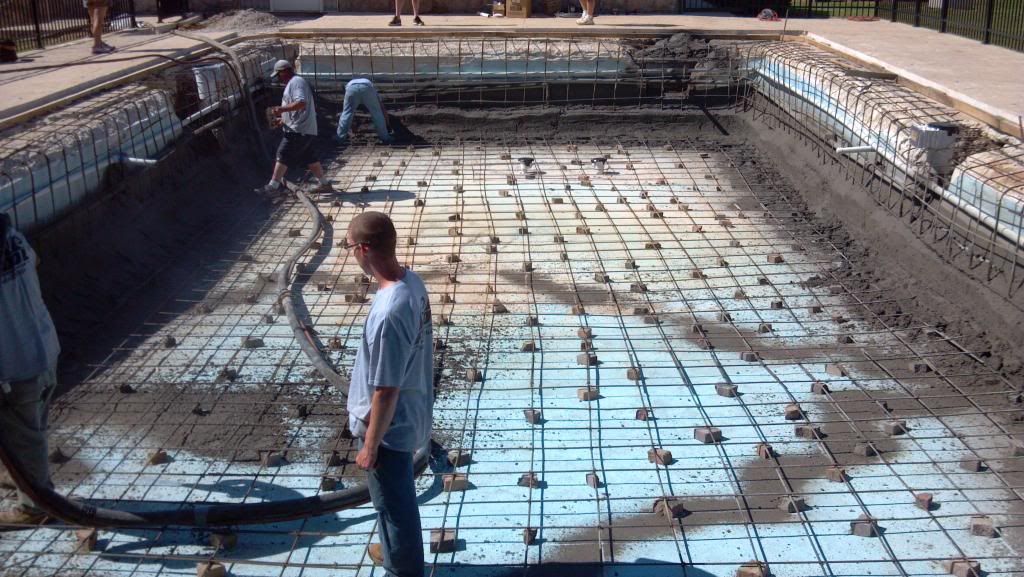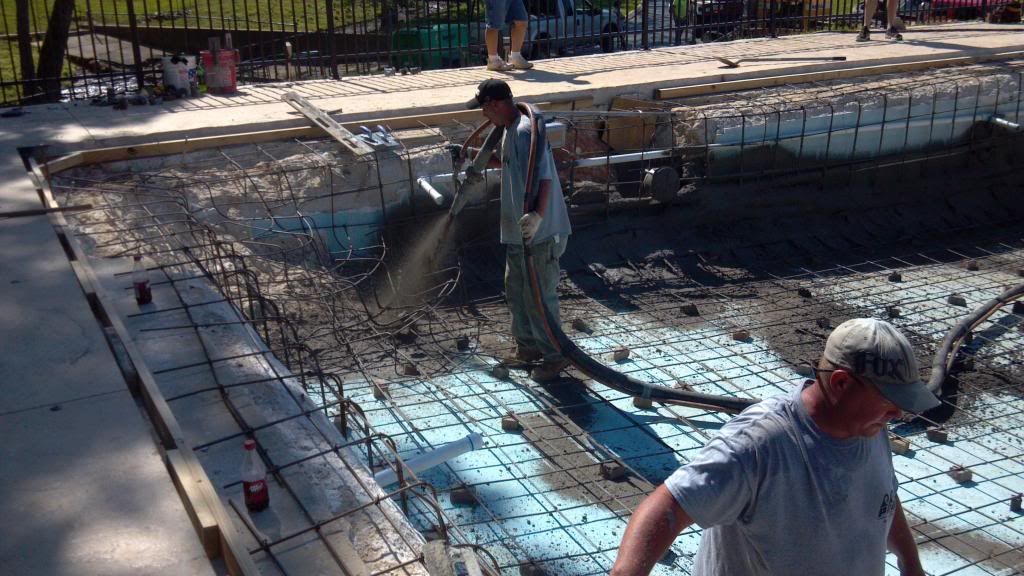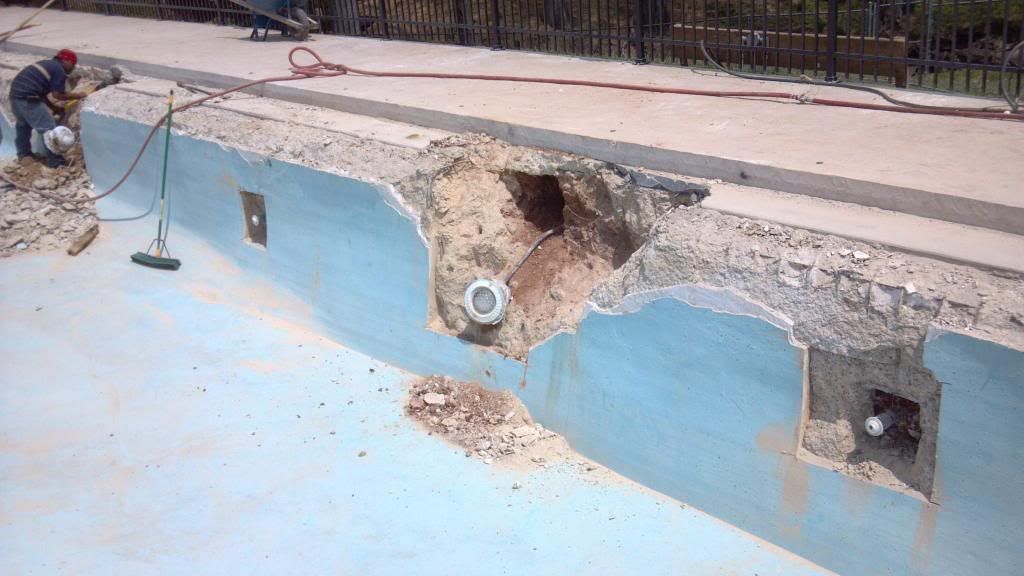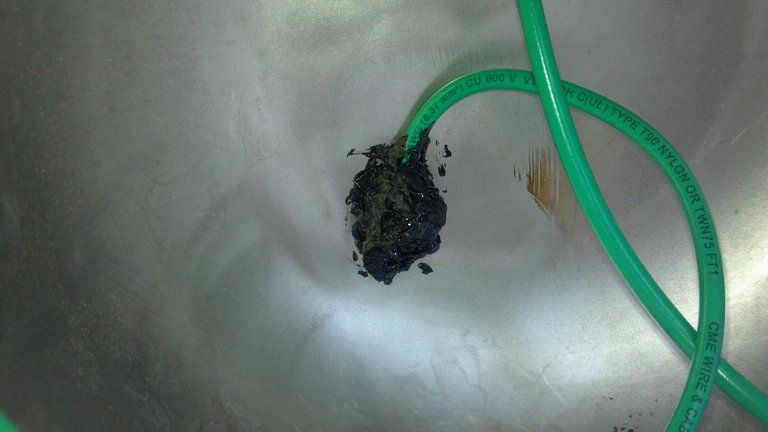You bond the water so that an electrode introduced into the water but not touching anything else (low current) will not create a touch potential between the water and some other metal object outside the pool.
If there is an unbonded ladder (or just steps) at one end of the pool and the hot wire is dropped into the other end, someone in the middle of the pool edge may have a touch potential of half the system voltage to a mid-point ladder that does not come all the way down into the water for example. Or the base of a diving board.
If the water bond electrode is only in one place and the conductivity of the water is low, it might not actually work as needed for that kind of case. A conductive pool shell does a much better job.








